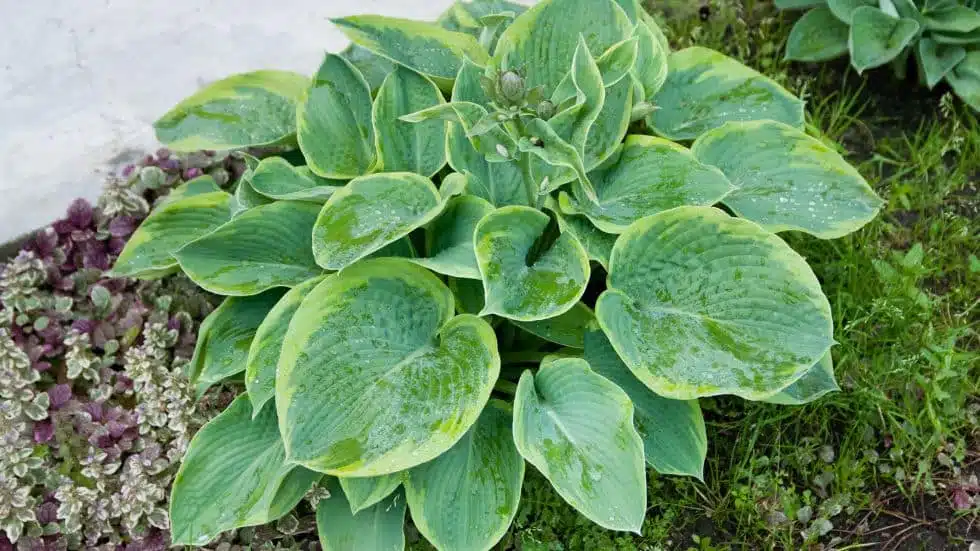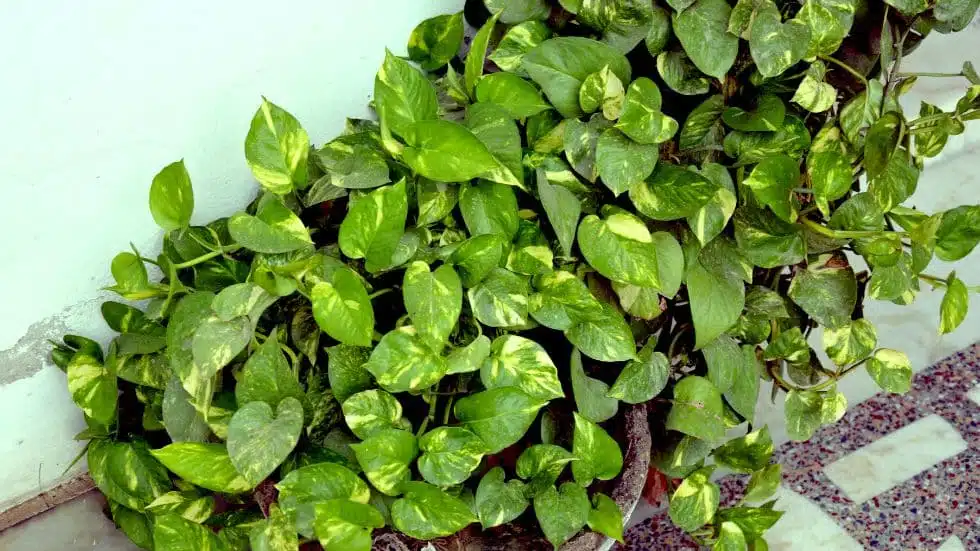Hosta plants, scientifically known as Hosta spp., are a widely cultivated group of shade-loving perennial plants. With their beautiful foliage and variety of sizes and colors, hostas have become a popular choice for gardeners worldwide. This article will delve into the characteristics, cultivation, and care of hosta plants to help you create a stunning hosta-filled garden.
History and Origin
Hosta plants are native to East Asia, particularly Japan, Korea, and China. They were first discovered and described by Western botanists in the late 18th century. Initially, hostas were primarily grown for their edible shoots and roots, which are still enjoyed in some Asian cuisines. However, their ornamental value soon became evident, leading to their popularity as garden plants.
Characteristics of Hosta Plants
1. Foliage
The foliage of hosta plants is their most distinctive feature. Leaves come in a wide range of shapes, sizes, and colors. They can be heart-shaped, lance-shaped, or oval, and may have smooth or wavy edges. Hosta leaves can be blue, green, gold, yellow, or variegated with contrasting patterns. The diversity in foliage makes hostas a versatile choice for garden design.
2. Flowers
While hostas are primarily grown for their foliage, they also produce beautiful flowers. Hosta flowers are usually bell-shaped and come in shades of white, lavender, or purple. They are often arranged in clusters on tall stalks called scapes. However, not all hostas bloom, and those that do may have varying degrees of fragrance.
Cultivation and Planting
1. Site Selection
Hostas thrive in shaded areas with moist and well-draining soil. They prefer dappled light or morning sun and afternoon shade. It is crucial to choose a location that offers protection from harsh sun exposure to prevent leaf scorch.
2. Soil Preparation
Hostas prefer slightly acidic to neutral soil with good organic matter content. Before planting, enrich the soil with compost or well-rotted manure to improve its fertility, drainage, and moisture-holding capacity. Amending heavy clay soils with organic matter can also enhance drainage.
3. Planting
Hostas can be planted either in spring or fall, avoiding extreme temperatures. Dig a hole slightly larger than the root ball, ensuring the crown of the plant sits at or slightly above the soil level. Space hostas according to their mature size, as they can grow quite large over time.
Care and Maintenance
1. Watering
Hostas require consistent moisture to thrive, especially during the hot summer months. Water deeply but infrequently, allowing the soil to dry out slightly between waterings. Mulching around hostas can help retain soil moisture and suppress weed growth.
2. Fertilization
Regular fertilization is essential for healthy hosta growth. Apply a balanced slow-release fertilizer in early spring and repeat every six weeks during the growing season. Avoid excessive nitrogen, as it can lead to lush foliage but reduced flower production.
3. Division
Hostas benefit from periodic division to maintain their vigor and control their size. Dividing hostas every three to five years in spring or fall helps rejuvenate the plants and promote better air circulation.
Common Pests and Diseases
1. Slugs and Snails
Hostas are notorious for attracting slugs and snails, which can cause significant damage to the leaves. Use organic slug control methods, such as beer traps or diatomaceous earth, to keep these pests at bay.
2. Crown Rot
Excessive moisture and poor drainage can lead to crown rot, a fungal disease that affects the base of hosta plants. Improve drainage and avoid overwatering to prevent this issue. If crown rot occurs, remove and destroy affected plants promptly.
Read More : Popular Varieties of Croton Plants
Conclusion
Hosta plants are a fantastic addition to any shaded garden, providing a wide range of foliage colors and textures. By selecting the right site, preparing the soil adequately, and providing adequate care and maintenance, you can enjoy the beauty of hostas for many years to come. With their versatility and adaptability, hostas are sure to enhance any landscape with their professional and elegant touch.





